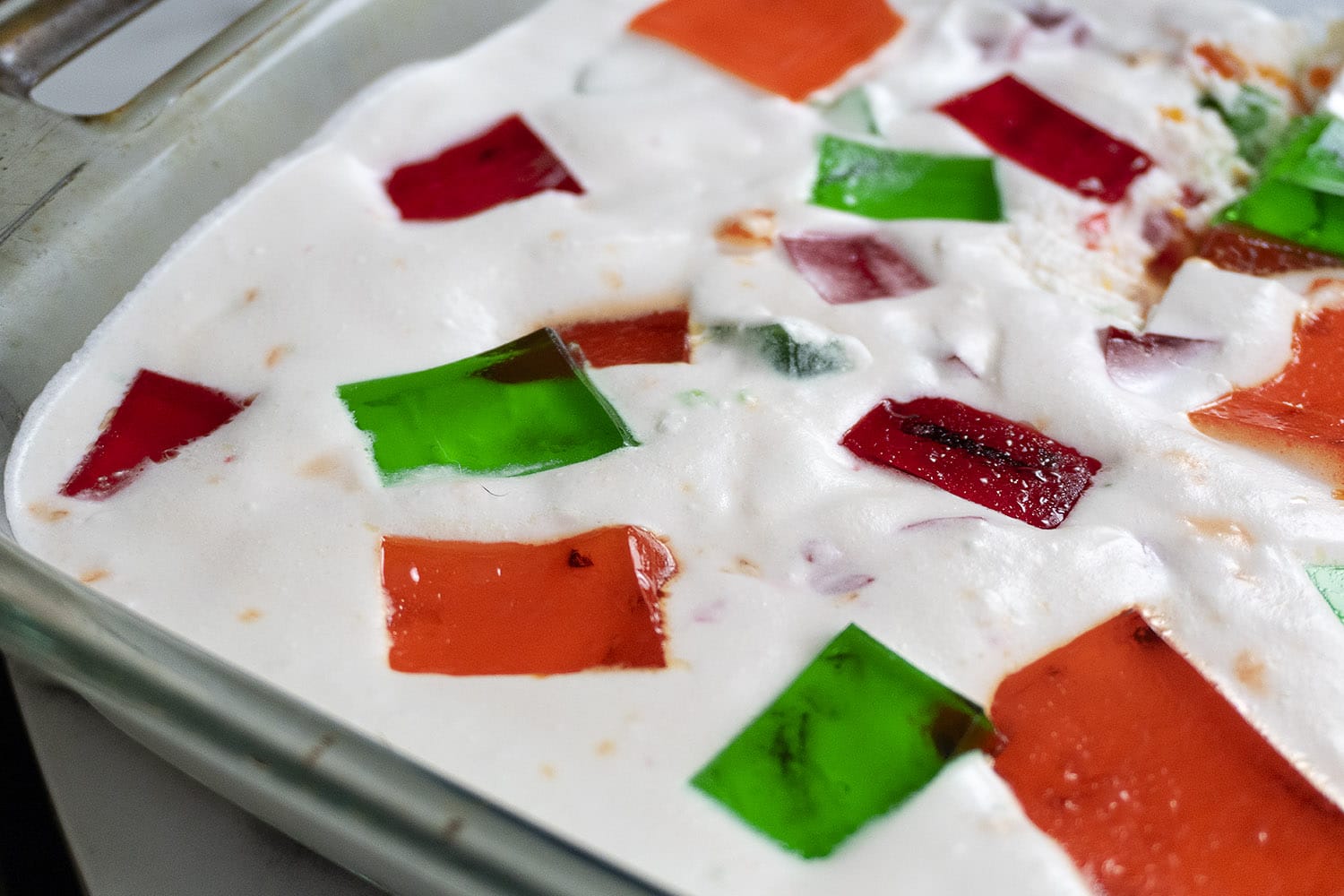13 Meals That Look Like Science Experiments
Some dishes blur the line between dinner and chemistry class. Whether they jiggle, squirm, bubble, or simply look otherworldly, these foods would fit right in at a science fair. Here are 13 meals that look more like experiments than something you’d eat.
Balut

Balut is a fertilized duck egg with a partially developed embryo inside, enjoyed as a snack in the Philippines. Breaking open the shell reveals feathers, beak, and sometimes a tiny foot. It’s more science lab than street food; until you taste it.
Sago Delight

Sago delight comes from Southeast Asia and is made with small translucent pearls of sago floating in creamy coconut milk. Each spoonful glistens and wobbles on the way to your mouth. If you’ve ever wondered what it feels like to eat edible marbles, this is your chance to find out.
Casu marzu

This Sardinian cheese is alive with maggots. The surface moves, the texture shifts, and the entire wheel of cheese practically writhes when disturbed. If you ever wanted your lunch to double as a living science project, casu marzu is up for the challenge.
Century Egg

The century egg from China goes through a transformation process that leaves it green, black, and slick with jelly. The yolk turns dark and creamy, the white looks like stained glass, and the aroma is strong enough to clear your sinuses. You’ll wonder how this is even an egg.
Jellied Moose Nose

Canada’s jellied moose nose is just what it sounds like. The nose is boiled, sliced, and set in a quivering, clear jelly. The finished slices look like something from a petri dish, and each bite is equal parts curiosity and courage.
Escamol

Escamol, sometimes called insect caviar, consists of white ant larvae harvested from the roots of agave plants in Mexico. The pearls are small, glossy, and creamy. You might feel like you’re eating a biology class experiment, but locals call it a delicacy.
Beondegi

Steamed silkworm pupae, known as beondegi in Korea, are served in paper cups and look suspiciously like something you’d see under a microscope. The smell is earthy and the shells glisten in the light. Tasting one will give you serious science cred—and maybe a new appreciation for street food.
Jello Salad

This retro American dish looks like a rainbow chemical experiment gone rogue. Cubes of colored gelatin suspended with fruit or even vegetables wobble and shine on every buffet table. The effect is more laboratory chic than culinary classic, and that’s why it always draws a crowd.
Blood Soup

Dinuguan, or Filipino blood soup, is a jet-black stew made from pork blood and vinegar. The color is intense, the consistency is thick, and the look is pure mad scientist. One spoonful and you’ll know you’re eating something wild and bold.
Fried Spider

Fried tarantulas from Cambodia look like escapees from a science fiction movie. Crunchy legs splay out in every direction and the bodies hold a juicy surprise. Most people need a moment before diving in—this is food for the truly daring.
Stink Bugs

Stink bugs, roasted or fried, appear on market stalls in Africa and Asia. The shiny shells and sharp aroma give them the vibe of a failed science experiment. If you pop one in your mouth, you’ll instantly become the bravest person in the room.
Mopane Worms

Southern Africa’s mopane worms are giant caterpillars prepared fried or dried. Their segmented bodies and chewy bite make you feel like you’re starring in a nature documentary. Once you get past the look, you’ve passed the science test.
Mouse Wine

Mouse wine is a traditional Chinese tonic made by fermenting baby mice in rice wine. The jar is full of little floating bodies, creating a scene straight out of a high school biology class. Drinking it is as much a mental challenge as a physical one.
